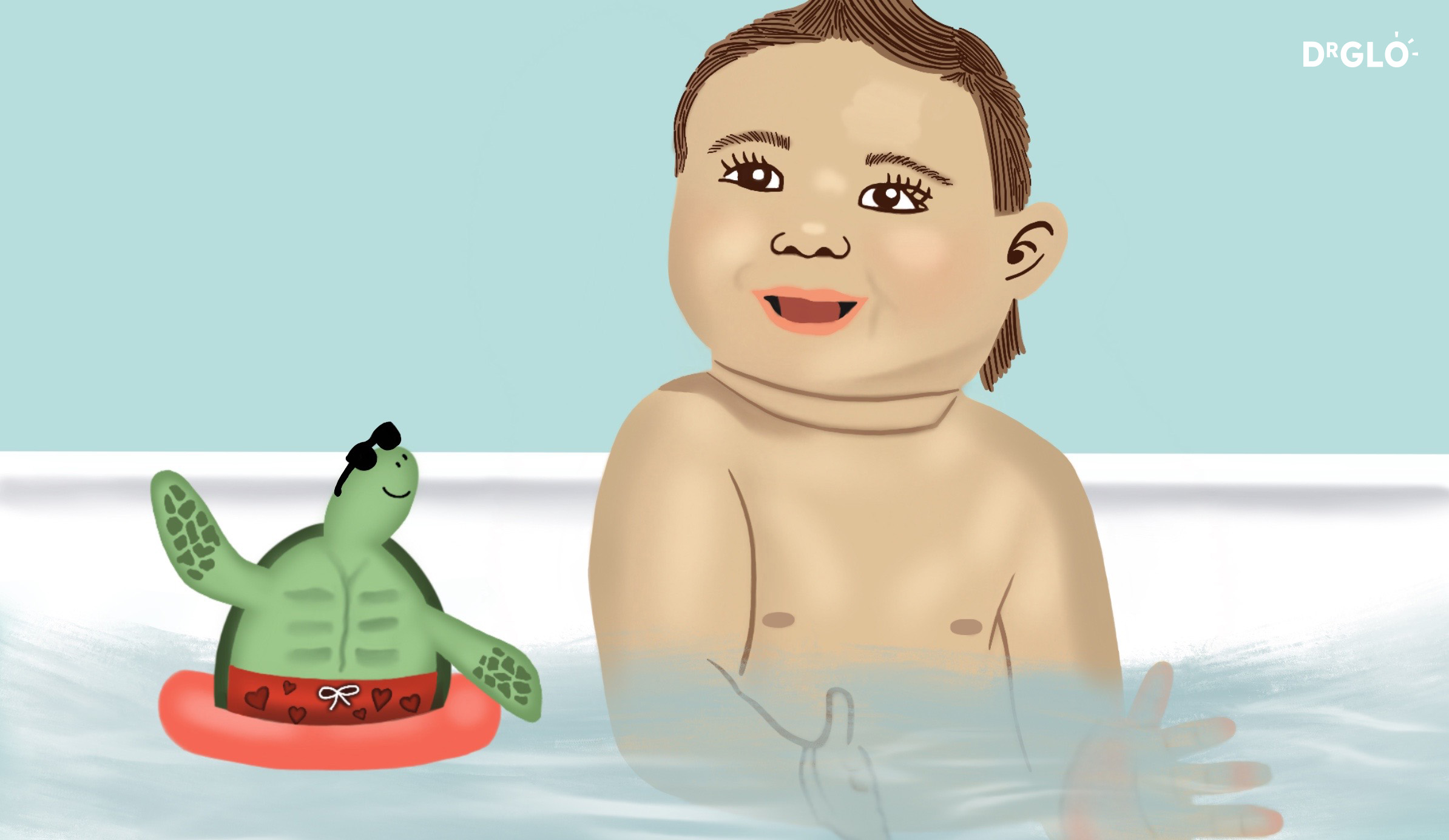
What is a Bleach Bath?
Bleach baths are a safe and effective way to keep your skin clear of bacteria and infections on the skin, especially if you or your loved one have a skin condition like eczema that is prone to infections.
It is recommended for bleach baths to be continued 3 times a week for several months to prevent the infection on the skin from coming back.
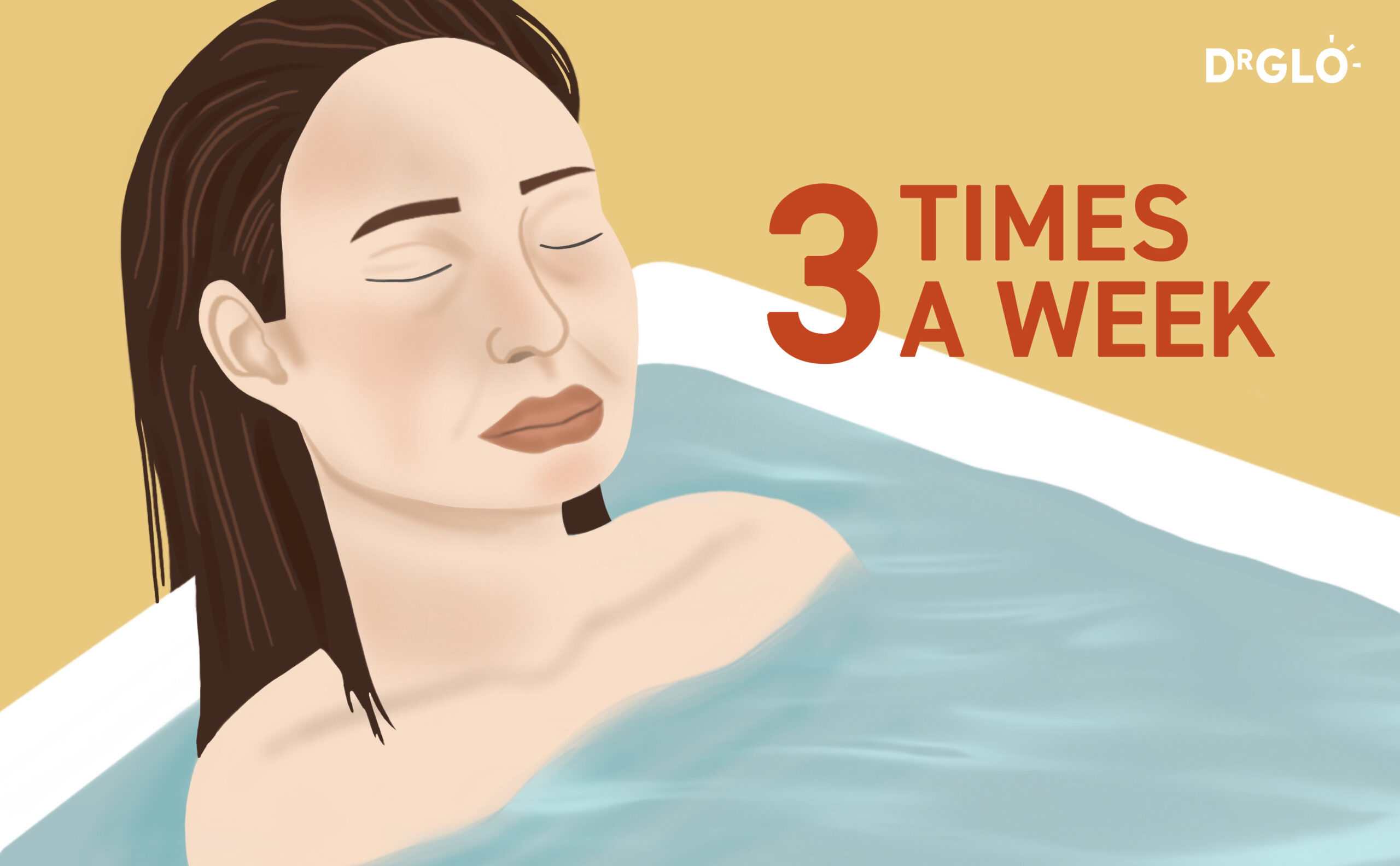
Steps for Preparing and Taking a Bleach Bath
1. Gather and prepare the following supplies
- Regular household bleach – 4.2% sodium hypochlorite (unscented and no fragrances with childproof top)
- Measuring cup
- Standard-sized bucket (10 L)
- Non-fragranced bath oil (1-2 capfuls)
- Fresh towels or disposable towel for each bath
- Creams or ointments
2. Fill the bath with tap water with lukewarm water
- Use a standard-sized bucket to fill the bath with 12 ml of bleach for every 10 L of water to the bath.
- This will create a final bleach concentration of 0.005%. The level of chlorine concentration is comparable to that of a swimming pool and it has antimicrobial properties.
- Please keep undiluted bleach away from children.
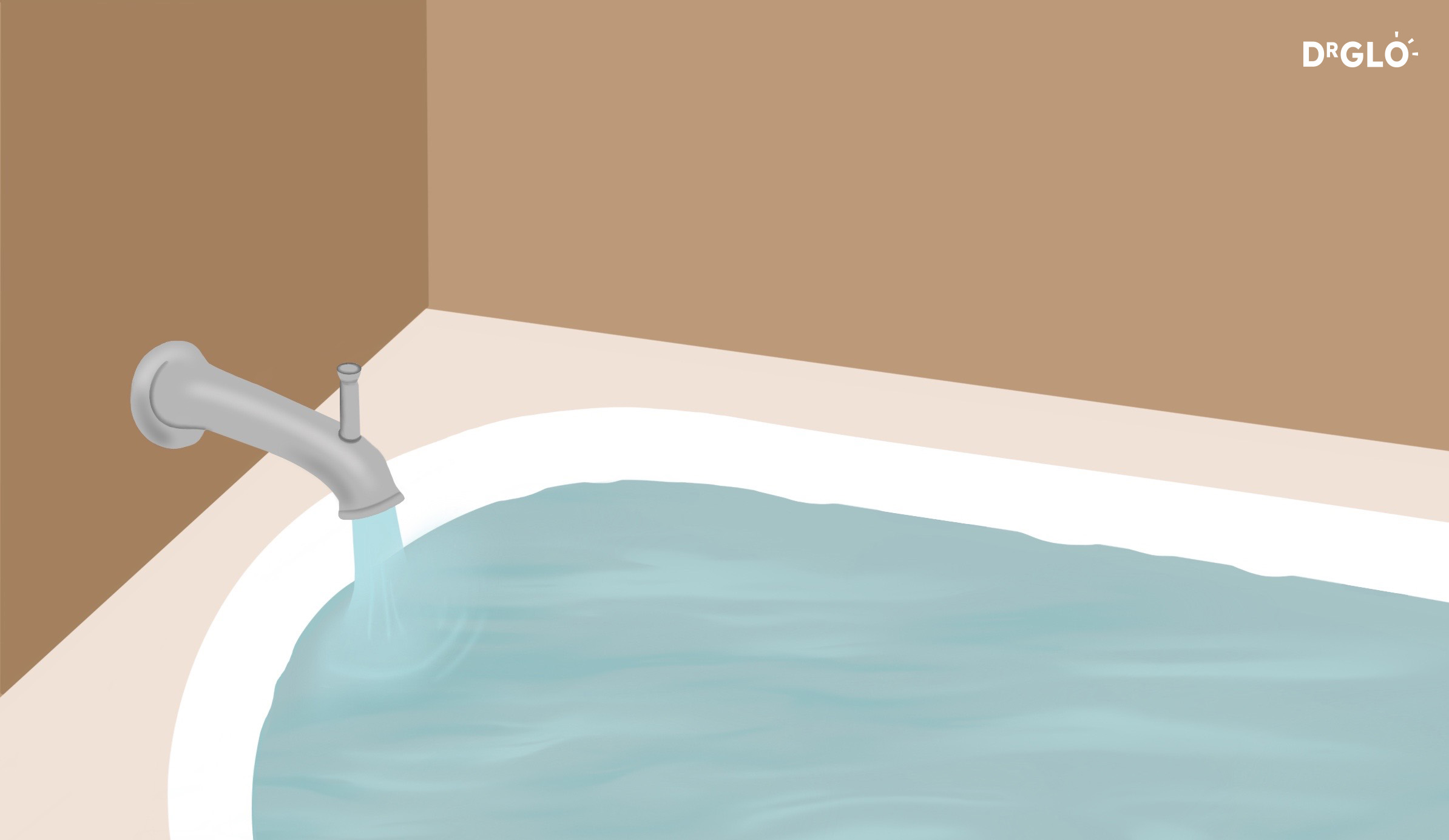
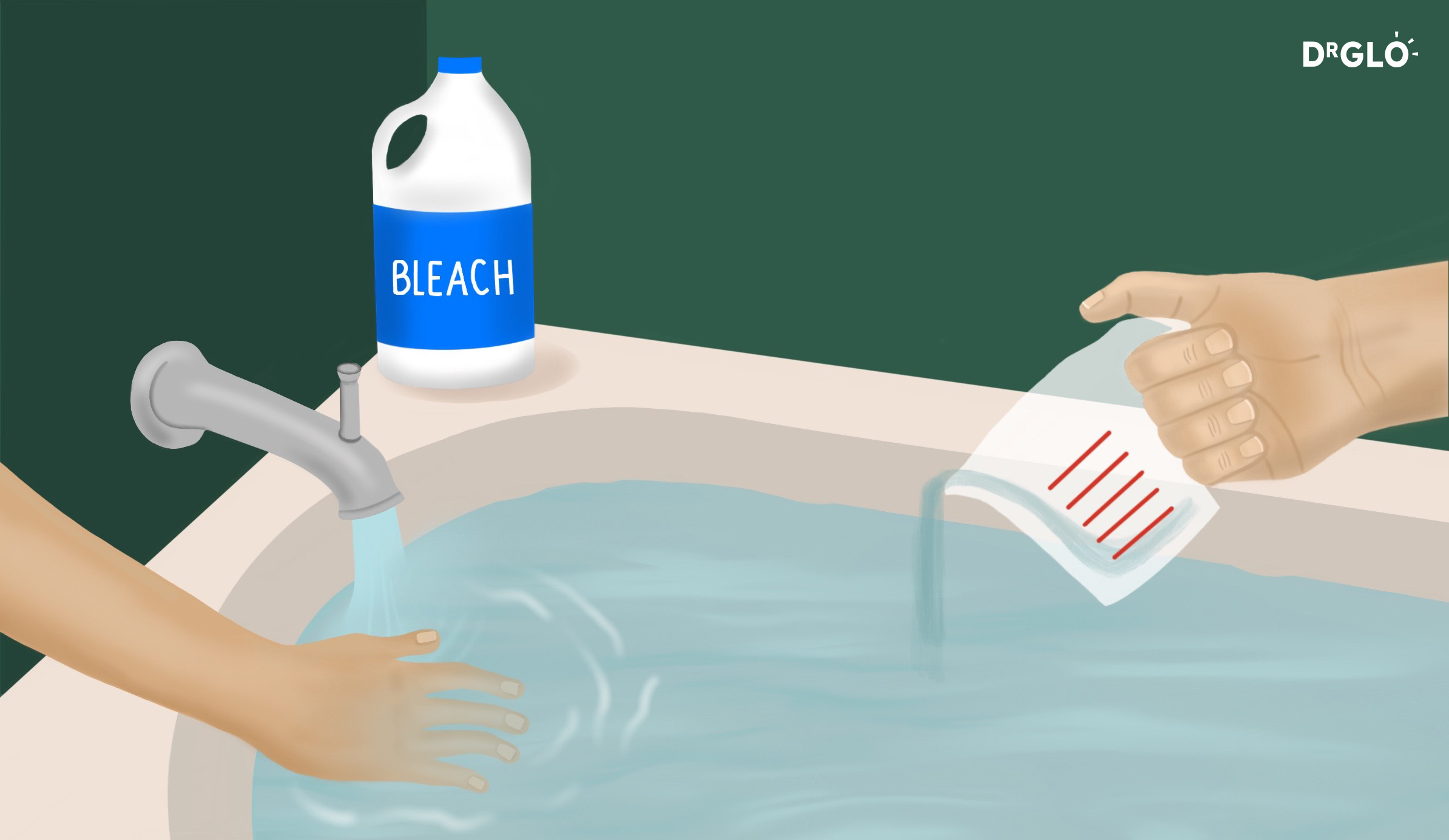

PRECAUTIONS
Please note that the household bleach needs to be diluted. Do not apply undiluted bleach directly to the skin.
3. Add bath oil
- Add 1-2 capfuls of bath oil per bath to help keep moisturise the skin.
4. Check the water temperature
- Make sure to check the water temperature before immersing into the bath.
- A bath thermometer may be helpful to check water temperature.
5. Immerse in bath
- Immerse in the bath.
- Please ensure children are supervised in the bath and never left unattended.
- Wash the face and head with the bath water but do not immerse the head in the water.
6. Gently clean the skin
- While in the bath, gently wipe away any crusts or scabs on the skin with a fresh cloth or disposable towel that can be thrown away after use.
7. Soak from neck down in the bleach bath for approximately 10 minutes
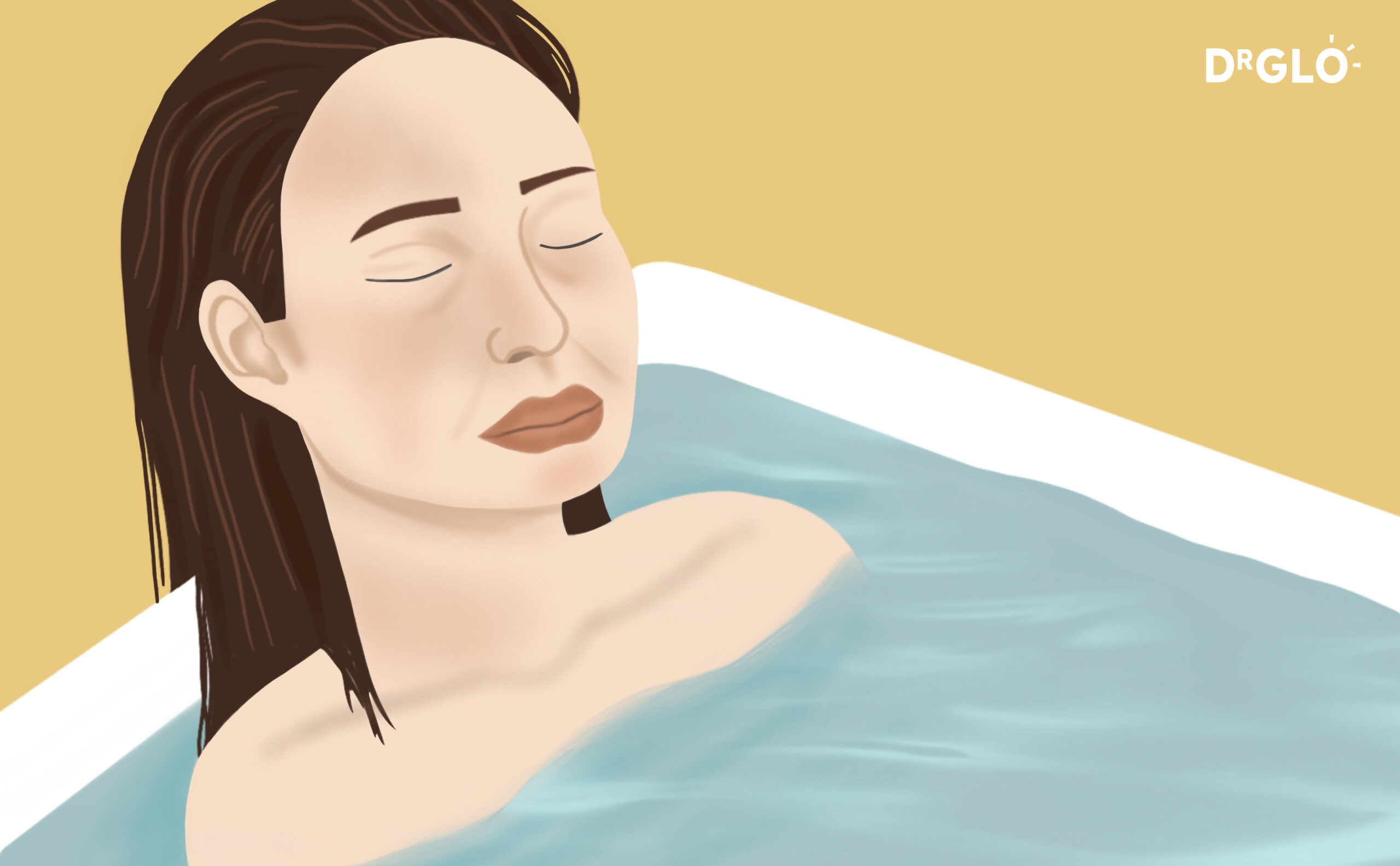
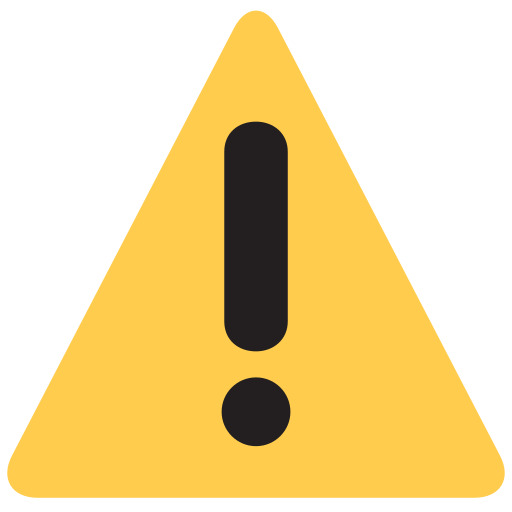
PRECAUTIONS
If at any stage, the skin begins to irritated or if there is a stinging sensation, get out of the bath and rinse off with plain water. Please contact your doctor if this develops and do not restart bleach baths until further instructions.
8. If the skin is NOT stinging or irritated after the bath, do not rinse your skin with water.

9. Pat the skin dry and do not rub the skin to dry off
- Use fresh towels or a disposable towel for each bleach bath and gently pat the skin dry.
10. Apply creams or ointments.
- Apply creams or ointment gently in a downward direction (direction of hair growth).
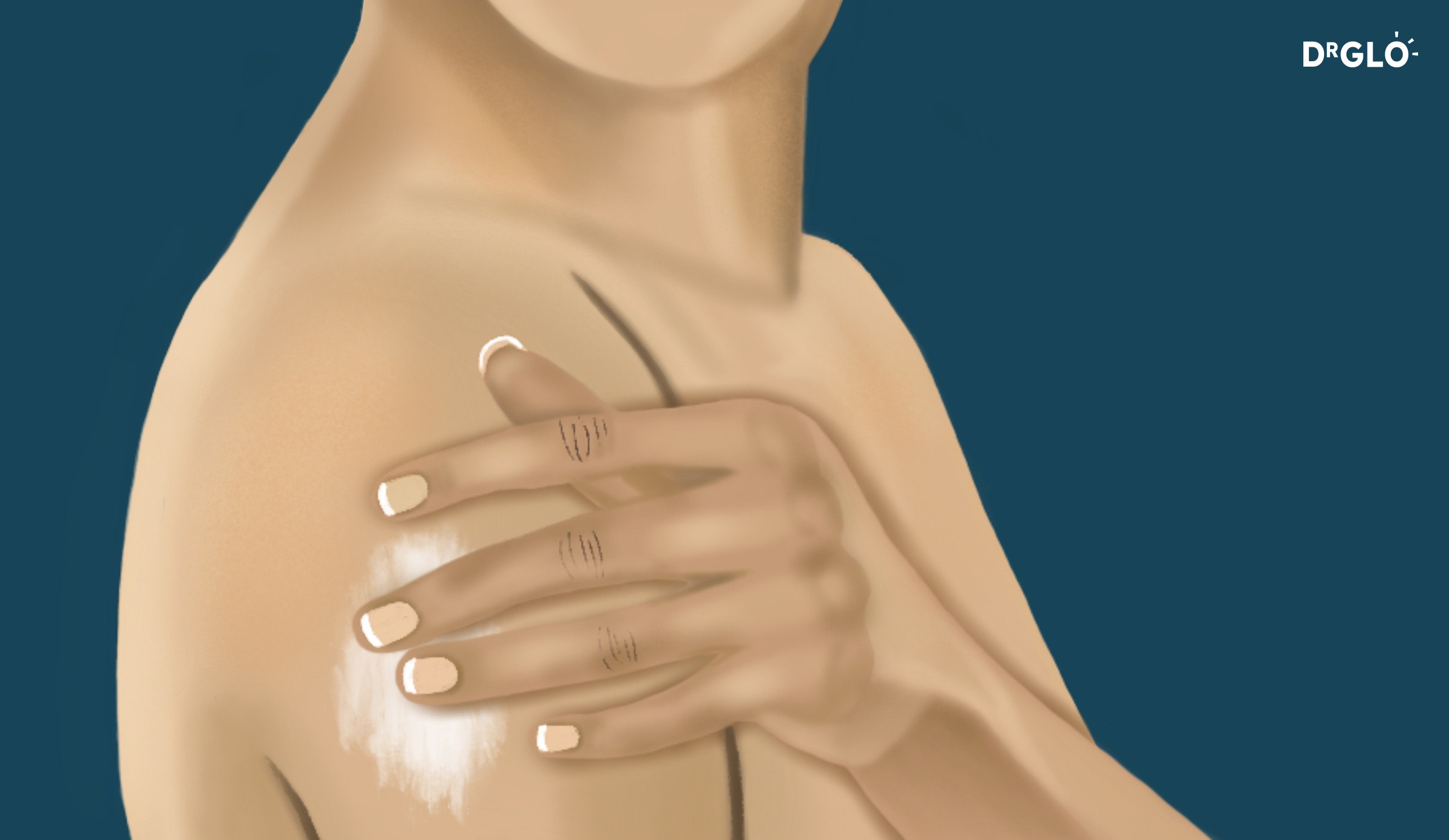
SCAN QR CODE TO SHARE THIS ARTICLE
ADVERTISEMENT
 Common Skin Conditions
Common Skin Conditions Paediatric Conditions
Paediatric Conditions Skin Cancer
Skin Cancer Infectious Skin Conditions
Infectious Skin Conditions Other Skin Conditions
Other Skin Conditions Treatment & Management
Treatment & Management Prevention & Skincare
Prevention & Skincare


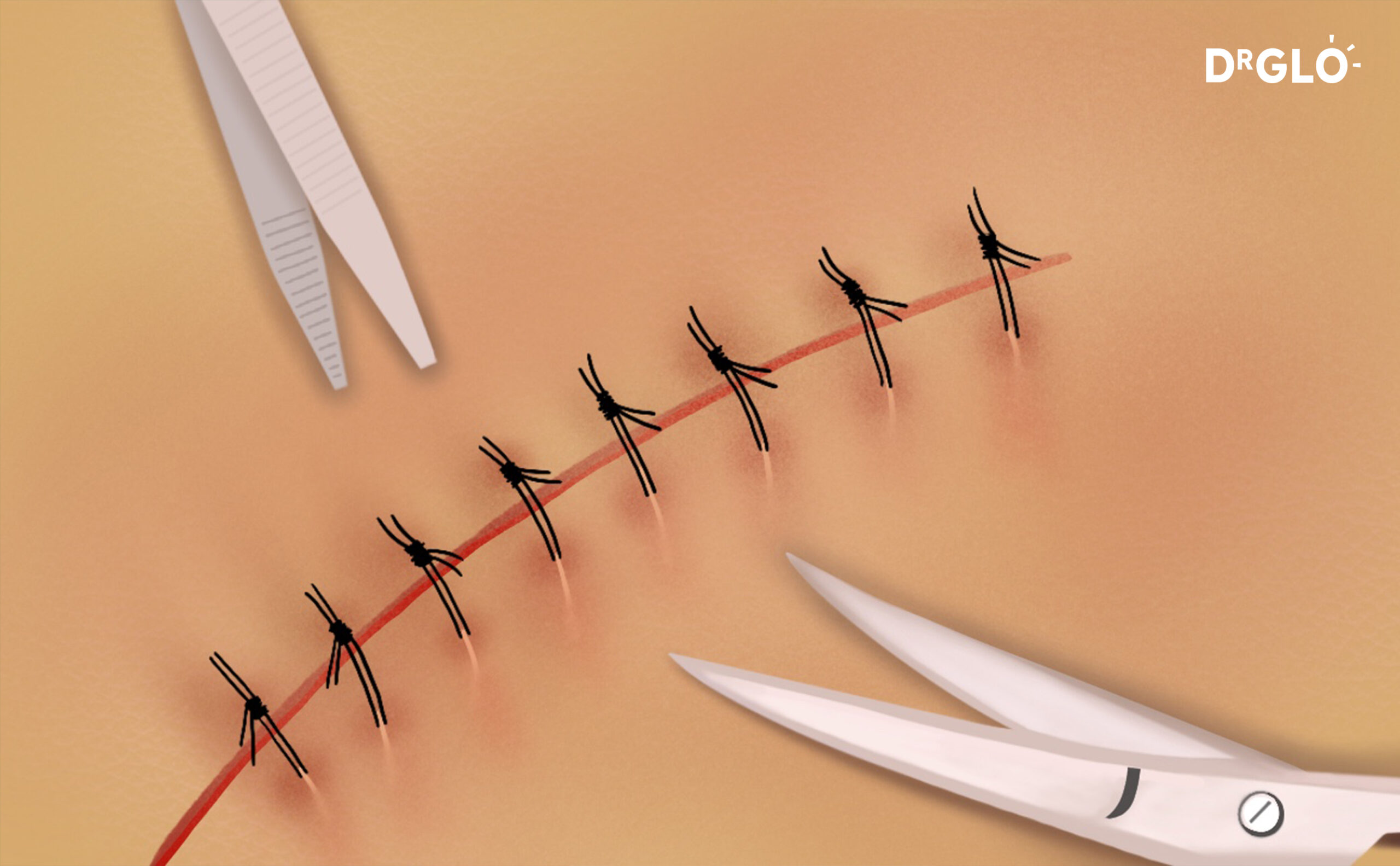

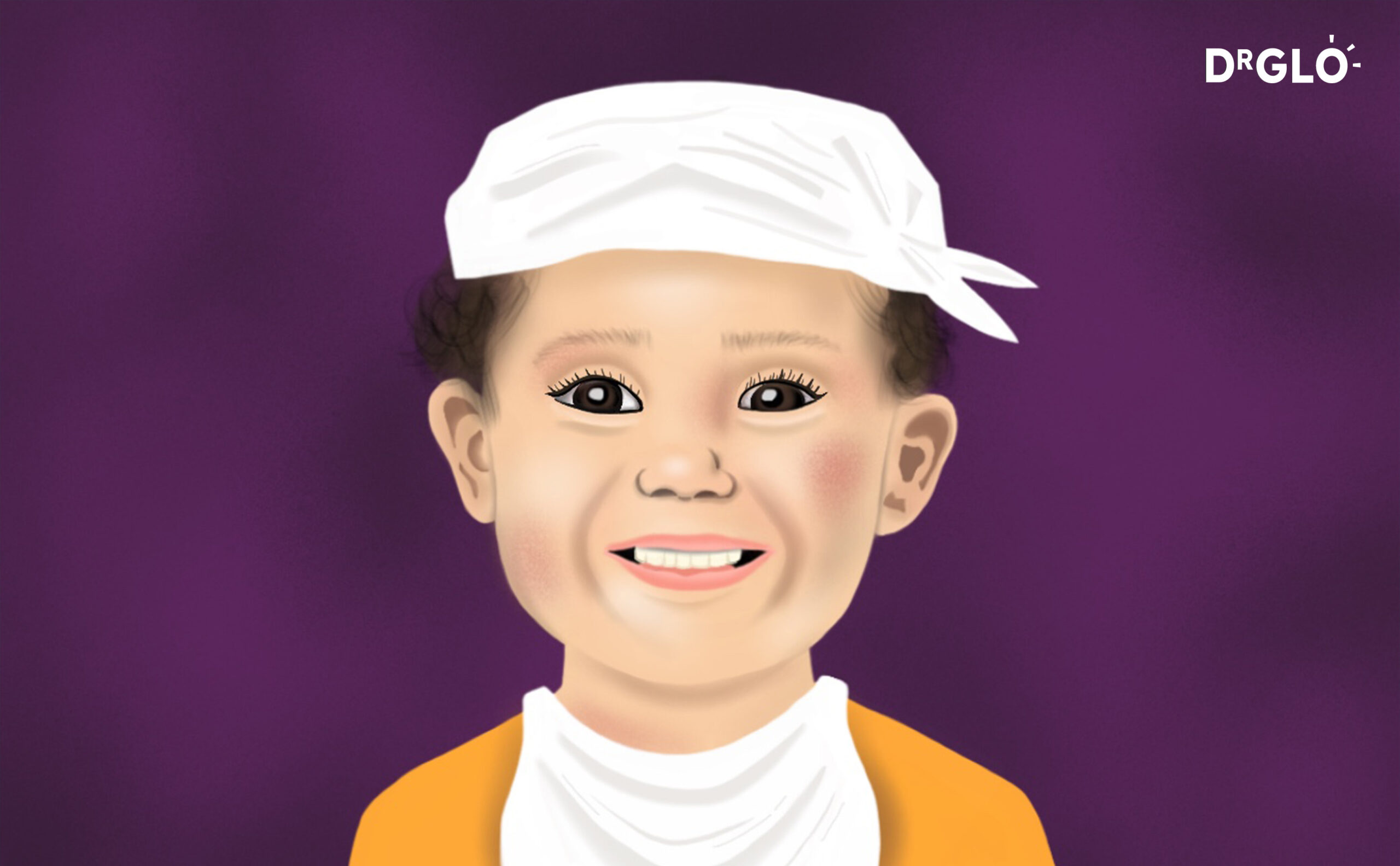

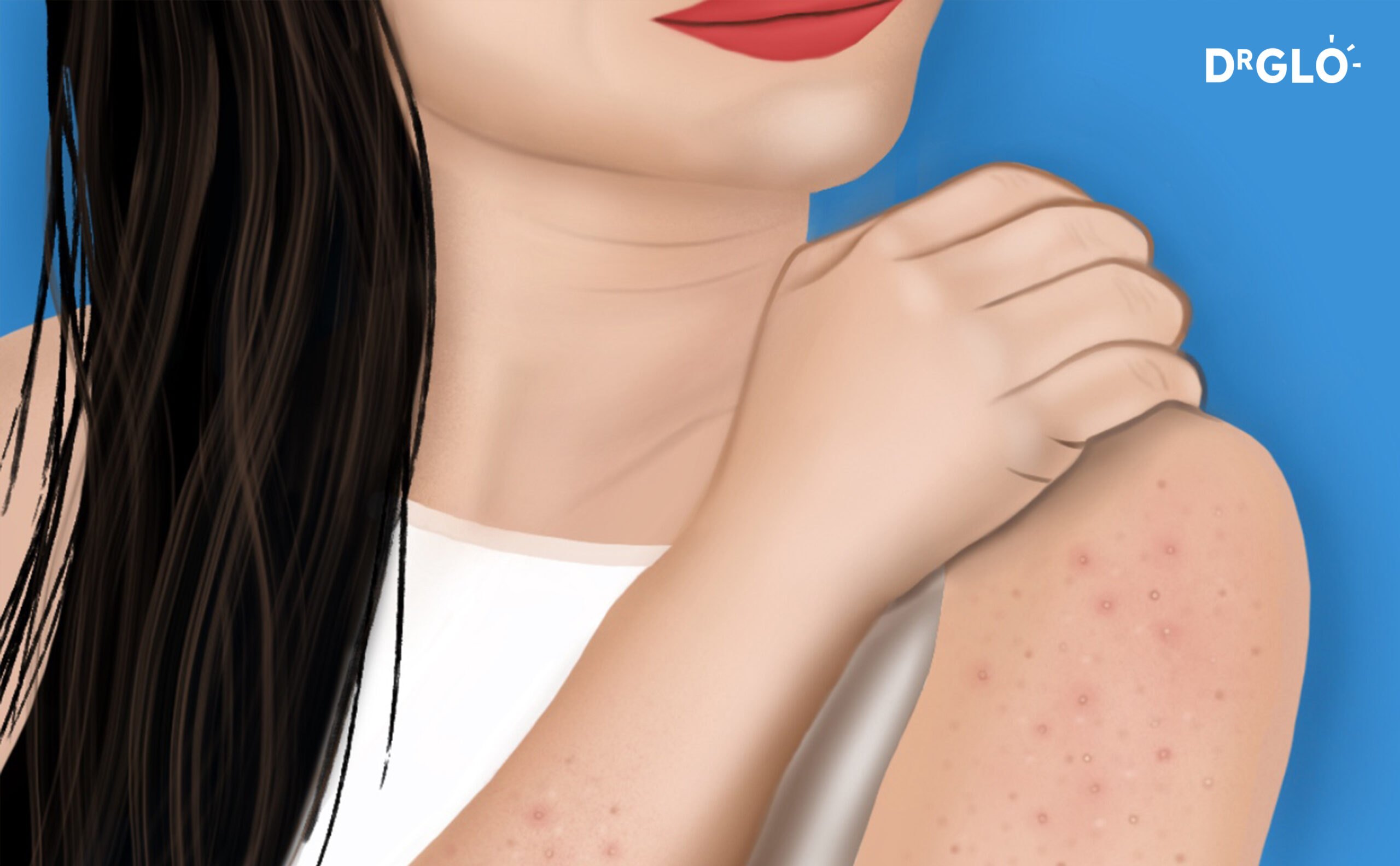
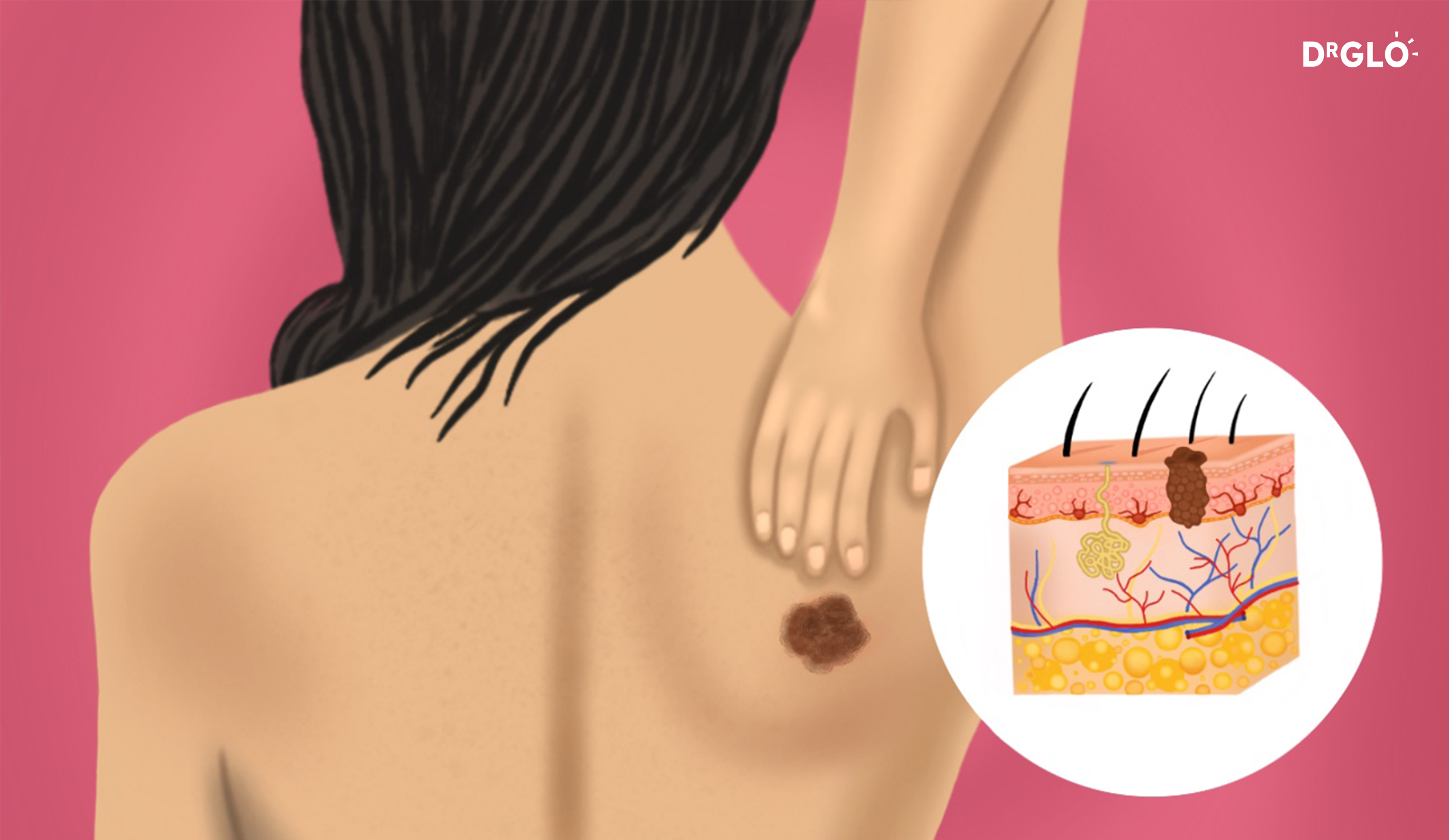
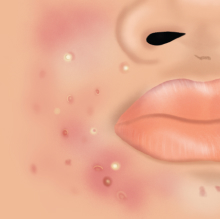

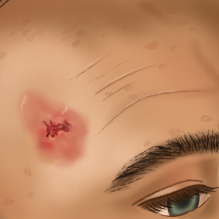

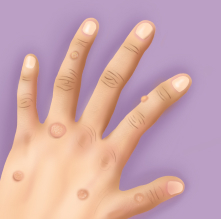

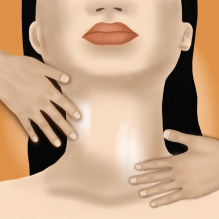
Sophia
14th Sep 2023Very clear and useful!